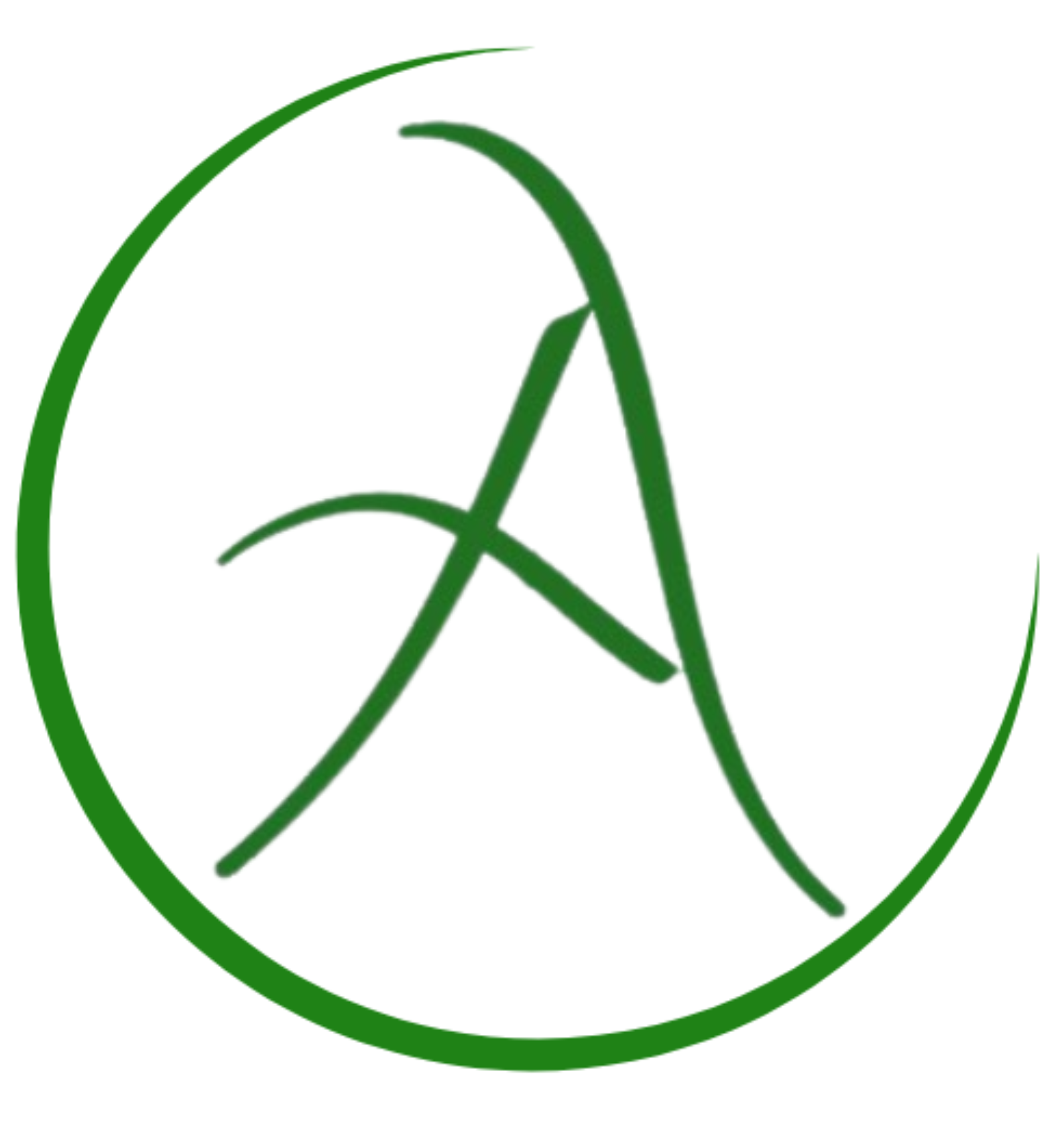Regenerative Economy
-
Module 01: Introduction1.1 Lesson-1: Interested in Regeneration?
-
1.2 Lesson-2: What is Regenerative Economy?
-
1.3 Lesson-3: Principles of Regenerative Economy9 المواضيع
-
1.3.1 Principle 1: Maintain strong, cross-scale circulation of key flows, such as energy, information, resources, and money.
-
1.3.2 Principle 2: Regenerative and sustained re-investment
-
1.3.3 Principles 3 & 4: Maintain Trustworthy Inputs and Healthy Outputs
-
1.3.4 Principle 5: Maintain a good balance between different types of organizations.
-
1.3.5 Principle 6: Maintain a balanced mix of resiliency and effectiveness.
-
1.3.6 Principle 7: Maintain sufficient diversity
-
1.3.7 Principle 8: Encourage cooperative relationships and principles that are shared by all
-
1.3.8 Principle 9: Encourage positive action and restrict speculative and overly extroverted behavior
-
Principle 10: Encourage efficient, flexible, group learning
-
1.3.1 Principle 1: Maintain strong, cross-scale circulation of key flows, such as energy, information, resources, and money.
-
1.4 Lesson-4: Towards Regenerative Economy1 اختبار
-
Module-02: Go Beyond the Circles2.1 Lesson-1: From Linear to Circular Economy
-
2.2 Lesson-2: The Nested System
-
2.3 Lesson-3: From Focusing on the Product to Focusing on the Process1 اختبار
-
Module-03: Regenerative Economy Mindset Shifting3.1 Lesson-1: Shift Mindset to Transform the System1 موضوع
-
3.2 Lesson-2: Shift Mindset: “Doing” to “Being”2 المواضيع
-
3.3 Lesson-3: Shift Mindset: “Ego” to “Soul”1 موضوع|1 اختبار
-
Module 04: Regenerative Economy Framework4.1 Lesson-1: Levels of Paradigm6 المواضيع
-
4.2 Lesson-2: Understanding Levels of Paradigm as a System
-
4.3 Lesson-3: Evolving a Practice of Regenerative Economics5 المواضيع
-
4.4 Lesson-4: Quantitative Growth to Qualitative Growth2 المواضيع|1 اختبار
-
Module 05: Collaborative Approach to Regenerative Economy5.1 Lesson-1: Ecology and Regenerative Economy 1
-
5.2 Lesson-2: Economy of Human Development9 المواضيع
-
5.3 Lesson-3: Regenerative Approach to Whole Economic Development7 المواضيع
-
5.3.1 Risks Associated with Traditional Economic Growth
-
5.3.2 A Regenerative Evolutionary Strategy to Creating Community Wealth
-
5.3.3 Developing Place-Sourced Community Intelligence: A Three-Phase Strategy
-
5.3.4 Phase One: Thinking Strategically
-
5.3.5 Phase Two: Changing Systems
-
5.3.6 Phase Three: Institutionalizing Strategic Planning Patterns and Fields
-
5.3.7 The Changes
-
5.3.1 Risks Associated with Traditional Economic Growth
-
5.4 Lesson-4: Regenerative Culture3 المواضيع|1 اختبار
-
Module 06: Regenerative Investment6.1 Lesson-1: The Role of Businesses2 المواضيع
-
6.2 Lesson-2: Investing from a Regenerative Mind1 موضوع
-
6.3 Lesson-3: Food System Investing in a Regenerative Economy4 المواضيع|1 اختبار
-
خاتمة
Participants 5727
5.2.6 People
أغسطس 7, 2025
We frequently use idioms of speech, such as “the price of oil,” that imply that money is separate from the items it can be used to purchase and that there is some sort of inherent connection between the two. Yet money is only a social construct. Money exclusively flows to and comes from people, who are also its only recipients. Despite the fact that we have accounting systems that identify things like land, assets, buildings, food, machinery, etc., all of these things only have a monetary value because people were required for their discovery, processing, delivery, and celebration. More crucially, the goal of an economy and, thus, of money is people and the realization of their potential. Indeed, the economy has a significant impact on the world of non-humans. But, if we act as though someone other than us is the economy’s main priority, we are deceiving ourselves. Why do so many people experience economic failure if this is the case? If an economy served everyone, what would it look like? One change would be a change in emphasis to supporting capacity development.

